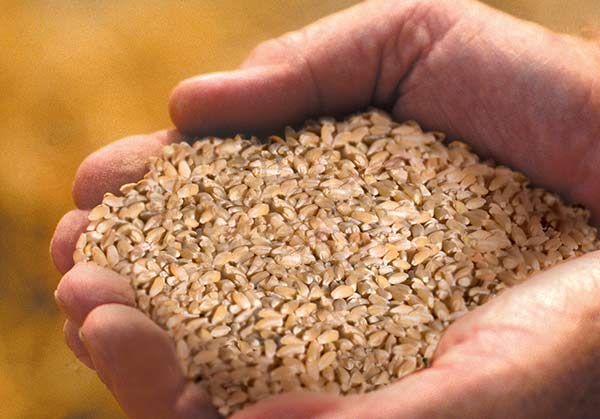Riso Vialone Nano
This rice is now used widely in the north east of Italy to prepare typical dishes due to the age-old culinary traditions of the Veneto and Mantua regions. Indeed, it brings out the best in the traditional flavours of those regions, making the simple ingredients that typify these areas, such as pumpkin, snails and game, into the ideal seasoning for a wide variety of risottos. The rounded grains of Vialone Nano mean that this rice is excellent for absorbing seasoning and produces an enviable yield when cooked which is why it can be used in numerous ways and combinations. Particularly suited for risottos.
Hints
For making risottos, use of a mild flavoured olive oil is recommended so it does not mask the very delicate flavour of the rice. The best solution is a combination of oil and butter because the oil raises the so-called "smoke point" of the butter and stops the small quantity of whey in the butter from burning.
Vacuum-packing prevents the rice from changing and preserves the colour, flavour and nutritional values of the grain.
- Cooking time: 15-13 min

Our method
Riso Superfino Arborio
This rice is one of the most widely used in Italy thanks to its characteristics of shape and substance. The grains are pleasantly large and visually appealing. This rice is particularly suited for both creamy risottos and "timballi" (oven-baked dishes) and "supplì" (rice croquettes).
Tips
When preparing a risotto, after removing the onion, let the the oil and butter reduce, add the rice and stir with a wooden spoon, so the rice does not come into contact with cold or sharp surfaces. Only when the rice has been toasted to perfection, i.e. it has absorbed all the condiment and has become shiny and transparent, can the other ingredients, called for in the recipe, be added.
Vacuum-packing prevents the rice from changing and preserves the colour, flavour and nutritional values of the grain.





